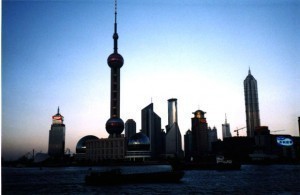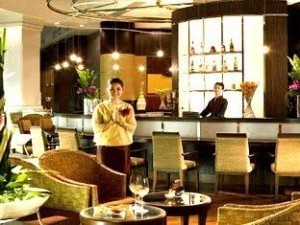Neuschwanstein Castle Size
Neuschwanstein Castle was constructed over the ruins of  two of three castles that had once overlooked the municipality of Schwangau in Bavaria, Germany during the Middle Ages. One of these three was Schwanstein Castle, onto which King Maximillian II of Bavaria had erected Hohenschwangau Castle, which was completed in 1837 and served as the royal family’s summer home.
two of three castles that had once overlooked the municipality of Schwangau in Bavaria, Germany during the Middle Ages. One of these three was Schwanstein Castle, onto which King Maximillian II of Bavaria had erected Hohenschwangau Castle, which was completed in 1837 and served as the royal family’s summer home.
The two other ruins, Vorderhohenschwangau Castle and Hinterhohenschwangau Castle, were jointly situated on a hill that overlooked the former Schwanstein Castle, the lakes Alpsee and Schwansee, and the municipality of Schwangau. When King Maximillian II’s elder son Ludwig II succeeded him to the throne in 1864, he ordered the construction of a new castle over the two palace ruins, which was to be named New Hohenschwangau Castle.
It wasn’t until Ludwig died in 1886 that the New Hohenschwangau Castle came to be known as Neuschwanstein Castle. It’s interesting to note that Neuschwanstein Castle had replaced the ruins of the two former Hohenschwangau castles, while Maximillian’s Hohenschwangau Castle had been built over the ruins of the old Schwanstein Castle, effectively swapping the names of the palaces in those two territories.
Built in tribute of the German composer Richard Wagner, Neuschwanstein Castle was also meant to be a personal retreat for the reclusive Ludwig II. Construction on the palace began on September 5, 1869, but remained unfinished at the time of Ludwig’s death in June 13, 1886. When he died, Ludwig had lived in it for a period of only 172 days. As for the man to whom the castle was built in homage to, Wagner had yet to enter the building dedicated to him when he passed away in February 13, 1883.
Neuschwanstein Castle covers roughly 8,500 sq. ft. and has an overall floor space of nearly 65,000 ft. Among its distinguishing features is its northern tower, which stands at approximately 213 ft, while the castle grounds occupy practically ½ an acre in the vicinity of the village of Hohenschwangau, lying close to the town of Fussen in southwest Bavaria.
The castle was intended to house in excess of 200 rooms, which would have included lodgings for guests, servants’ quarters and other function halls. In the end, only 15 of the projected interior rooms were ever completed. The largest of these is the Hall of Singers, which spans 27 meters by 10 meters in size. The second largest is the Throne Hall, which measures 20 meters by 12 meters wide and 13 meters high, occupying both the third and fourth floors.
Neuschwanstein Castle was opened to the public in 1886, just six weeks following Ludwig’s passing. In the time since, it has received over 1.3 million visitors each year, including 6,000 people a day during summer, for a total of more than 60 million visitors. The castle has been used as the backdrop for a number of films, such as the 1955 biopic “Ludwig II” and the 1968 musical “Chitty Chitty Bang Bang.” It had also served as the visual inspiration for the Sleeping Beauty Castle, which stands in both Disneyland theme parks in Anaheim and Hong Kong.





